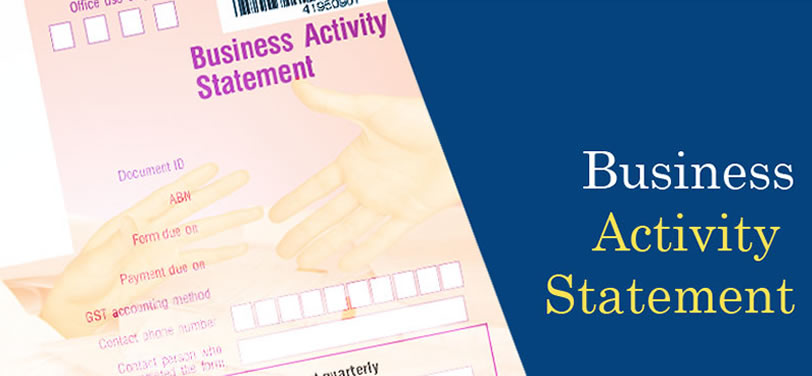The Australian Taxation Office (ATO) has updated its approach to how you claim expenses for working from home.
The ATO has ‘refreshed’ the way you can claim deductions for the costs you incur when you work from home. From 1 July 2022 onwards, you can choose either to use a new ‘fixed rate’ method (67 cents per hour), or the ‘actual cost’ method depending on what works out best for your scenario. Either way, you will need to gather and retain certain records to make a claim.
The first issue for claiming any deduction is that there must be a link between the costs you incurred and the way you earn your income. If you incur an expense but it doesn’t relate to your work, or only partially relates to your work, you cannot claim the full cost as a deduction.
The ATO has warned that it will no longer accept estimates or a sample diary over a four week period for the 67 cents fixed rate method of claiming work from home deductions. From 1 March 2023 You will need to demonstrate the actual hours you worked from home.
The second key issue is that you need to incur costs associated with working from home. For example, if
you are living with your parents and not picking up any of the expenses for running the home then you can’t claim deductions for working from home as you have not incurred the expenses, even if you are paying board (the ATO treats this as a private arrangement).
Let’s take a look at the detail:
The new ‘fixed rate’ method
Previously, there were two fixed rate methods to choose from for the 2021-22 income year:
- A cover-all 80 cents per hour rate for expenses incurred while working from home (which was available from 1 March 2020). This COVID-19 related rate was intended to cover all additional running expenses incurred while working from home; or
- If you had a space dedicated to work but were not running a business from home, you could claim 52 cents for every hour you worked from home to cover the running expenses of your home. This rate doesn’t cover certain items such as the depreciation of electronic devices, which can be claimed separately.
It’s clear that working from home arrangements are here to stay for many workplaces even though COVID restrictions have eased. So, from the 2022-23 financial year onwards, the ATO has combined these two fixed rate methods to create one revised method accessible by anyone working from home, regardless of whether they have a dedicated space or are just working at the kitchen table.
The new rate is 67 cents per hour and covers your energy expenses (electricity and gas), phone usage (mobile and home), internet, stationery, and computer consumables. You can separately claim the cost of the decline in value of assets such as computers, repairs, and maintenance for these assets, and if you have a dedicated home office, the cost of cleaning the office.
If there is more than one person working from the same home, each person can make a claim using the fixed rate method if they meet the basic eligibility conditions.
What proof do the ATO need that I am working from home?
To use the fixed rate method, you will need a record of all of the hours you worked from home. The ATO has warned that it will no longer accept estimates or a sample diary over a four week period. For example, if you normally work from home on Mondays but one day you have an in-person meeting outside of your home, your diary should show that you did not work from home for at least a portion of that day.
Having said that, the ATO will allow taxpayers to keep a record which is representative of the total number of hours worked from home during the period from 1 July 2022 to 28 February 2023.
There is nothing in the ATO guidance to suggest that claims are limited to standard office hours. That is, if you work from home outside standard office hours or over the weekend, then make sure you keep an accurate record of the hours you are working so that you can maximise your deductions.
You also need to keep a copy of at least one document for each running cost you have incurred during the year which is covered by the fixed rate method. This could include invoices, bills or credit card statements. Where bills are in the name of one member of a household but the cost is shared, each member of the household who contributes to the payment of that expense will be taken to have incurred it. For example, a husband and wife, or flatmates where they jointly contribute to costs.
You need to keep these records for five years so that if the ATO come calling, you can prove your claim. If this proof is not available at the time, the deduction will be denied. If your work from home diary is electronic, ensure you can access this diary over time (such as producing a PDF summary of your calendar at the end of each financial year clearly showing the dates and times of your work).
For more information you can visit: www.melbourneaccountant.com.au




